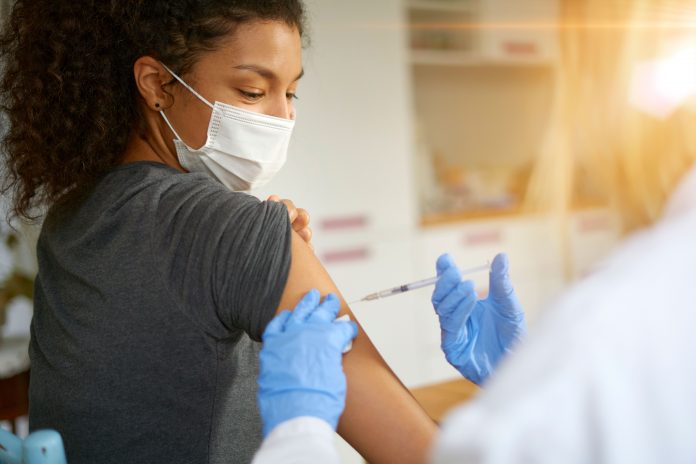
Scientists at The Scripps Research Institute have identified antibodies that are effective against many different SARS-CoV-2 variants as well as related viruses such as SARS-CoV-1, which caused an outbreak in 2003. This group showed that macaques are better able to make “pan-SARS virus” antibodies than humans, pointing to possible ways of making improved vaccines.
“The antibody structures reveal an important area common to multiple SARS-related viruses. This region to date has rarely been seen to be targeted by human antibodies and suggests additional strategies that can be used to coax our immune system into recognizing this particular region of the virus,” says co-senior author Ian Wilson, D.Phil, Hansen Professor of Structural Biology at Scripps and Chair of the Department of Integrative Structural and Computational Biology.
The findings, published in Science Translational Medicine, reveal the antibody structures that produce this more comprehensive immune response.
SARS-CoV-2, the virus that causes COVID, is difficult to control because of its ability to rapidly mutate and produce many different variants. There are currently four vaccines approved in the US, but the design of new COVID-19 vaccines has been a race against these variants.
These researchers found neutralizing antibodies that recognize a viral spike region that is relatively more conserved—it is present across many different SARS viruses and is therefore less likely to mutate over time. They suggest this discovery can inform how to develop next-generation vaccines that can offer additional protection against emerging SARS-CoV-2 variants and other SARS-related viruses.
“If we can design vaccines that elicit the similar broad responses that we’ve seen in this study, these treatments could enable broader protection against the virus and variants of concern,” says senior author Raiees Andrabi, PhD, an investigator in Scripps’ Department of Immunology and Microbiology.
In the study, rhesus macaque monkeys were immunized with the SARS-CoV-2 spike protein, which is the outside portion on the virus that allows it to penetrate and infect host cells. Two shots were administered, resembling the approach used with currently available mRNA vaccines in humans. Unlike these vaccines effects in people, however, the macaques showed a broad neutralizing antibody response against the virus, including variants such as Omicron.
Intrigued by this stark difference, the scientists then collaborated with Wilson’s lab to investigate the antibody structures. They found these antibodies recognize a conserved region on the edge of the site where the spike protein binds to host cells, called the angiotensin converting enzyme 2 (ACE2) receptor binding site. This is different than the region where the majority of human antibodies target, which overlaps more with the ACE2 receptor binding site and is more variable to change.
The authors note that the macaque’s gene coding for these broad neutralizing antibodies (IGHV3-73), is not the same in humans. The dominant immune response in humans is related to the IGHV3-53 gene, which produces a potent but much narrower neutralizing antibody response. The scientists say this discovery opens the door to rationally design and engineer vaccines or vaccine-adjuvant combinations that elicit more broad protection against SARS-CoV-2 and its many variants.
“According to our study, the macaques have an antibody gene that offers them more protection against SARS viruses. This observation teaches us that studying the effect of a vaccine in monkeys can only take us so far but also reveals a new target for our vaccine efforts that we might be able to exploit by advanced protein design strategies,” adds Dennis Burton, PhD, co-senior author and chair of the Scripps Department of Immunology and Microbiology.
Because the genetics differ, Andrabi urges that more investigation is needed—not only for identifying new strategies against SARS viruses, but also for making sure scientists are using the best translational models for their research.













